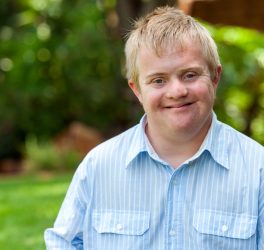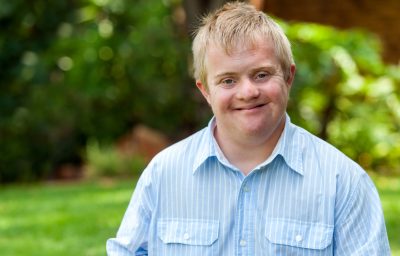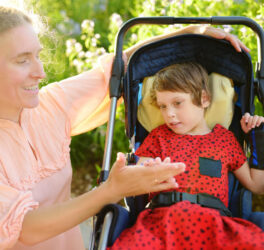
A new study led by UC Davis MIND Institute researchers found a distinct DNA methylation signature in the cord blood of newborns who were eventually diagnosed with autism. This signature mark spanned DNA regions and genes linked to early fetal neurodevelopment. The findings may hold clues for early diagnosis and intervention.
“We found evidence that a DNA methylation signature of autism exists in cord blood with specific regions consistently differentially methylated,” said Janine LaSalle, lead author on the study and professor of microbiology and immunology at UC Davis.
The study published Oct. 14 in Genome Medicine also identified sex-specific epigenomic signatures that support the developmental and sex-biased roots of ASD.
The U.S. Centers for Disease Control and Prevention (CDC) estimates that one in 54 children are diagnosed with autism, a complex neurological condition linked to genetic and environmental factors. It is much more prevalent in males than females.
The epigenome is a set of chemical compounds and proteins that tell the DNA what to do. These compounds attach to DNA and modify its function. One such compound is CH3 (known as the methyl group) that could lead to DNA methylation. DNA methylation can change the activity of a DNA segment without changing its sequence. Differentially methylated regions (DMRs) are areas of DNA that have significantly different methylation status.
The epigenome compounds do not change the DNA sequence but affect how cells use the DNA’s instructions. These attachments are sometimes passed on from cell to cell as cells divide. They can also be passed down from one generation to the next. The neonatal epigenome has the potential to reflect past interactions between genetic and environmental factors during early development. They may also influence future health outcomes.
The researchers studied the development of 152 children born to mothers enrolled in the MARBLES and EARLI studies. These mothers had at least one older child with autism and were considered at high risk of having another child with autism. When these children were born, the mothers’ umbilical cord blood samples were preserved for analysis. At 36 months, these children got diagnostic and developmental assessments. Based on these, the researchers grouped the children under “typically developing” (TD) or “with autism.”
The researchers also analyzed the umbilical cord blood samples taken at birth from the delivering mothers. They performed whole-genome sequencing of these blood samples to identify an epigenomic signature or mark of ASD at birth. They were checking for any patterns of DNA-epigenome binding that could predict future autism diagnosis.
The researchers identified DMRs stratified by sex that discriminated autism from TD cord blood samples in discovery and replication sets. They found that seven regions in males and 31 in females replicated, and 537 DMR genes in males and 1762 DMR genes in females replicated by gene association. These DMRs identified in cord blood overlapped with binding sites relevant to fetal brain development. They showed brain and embryonic expression and X chromosome location and matched with prior epigenetic studies of autism.








